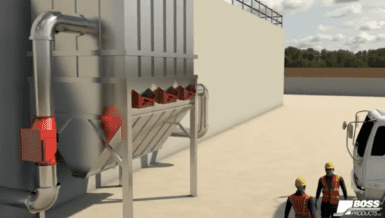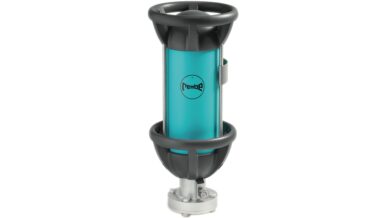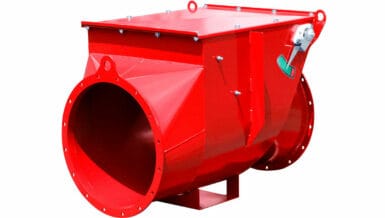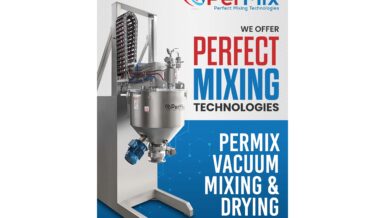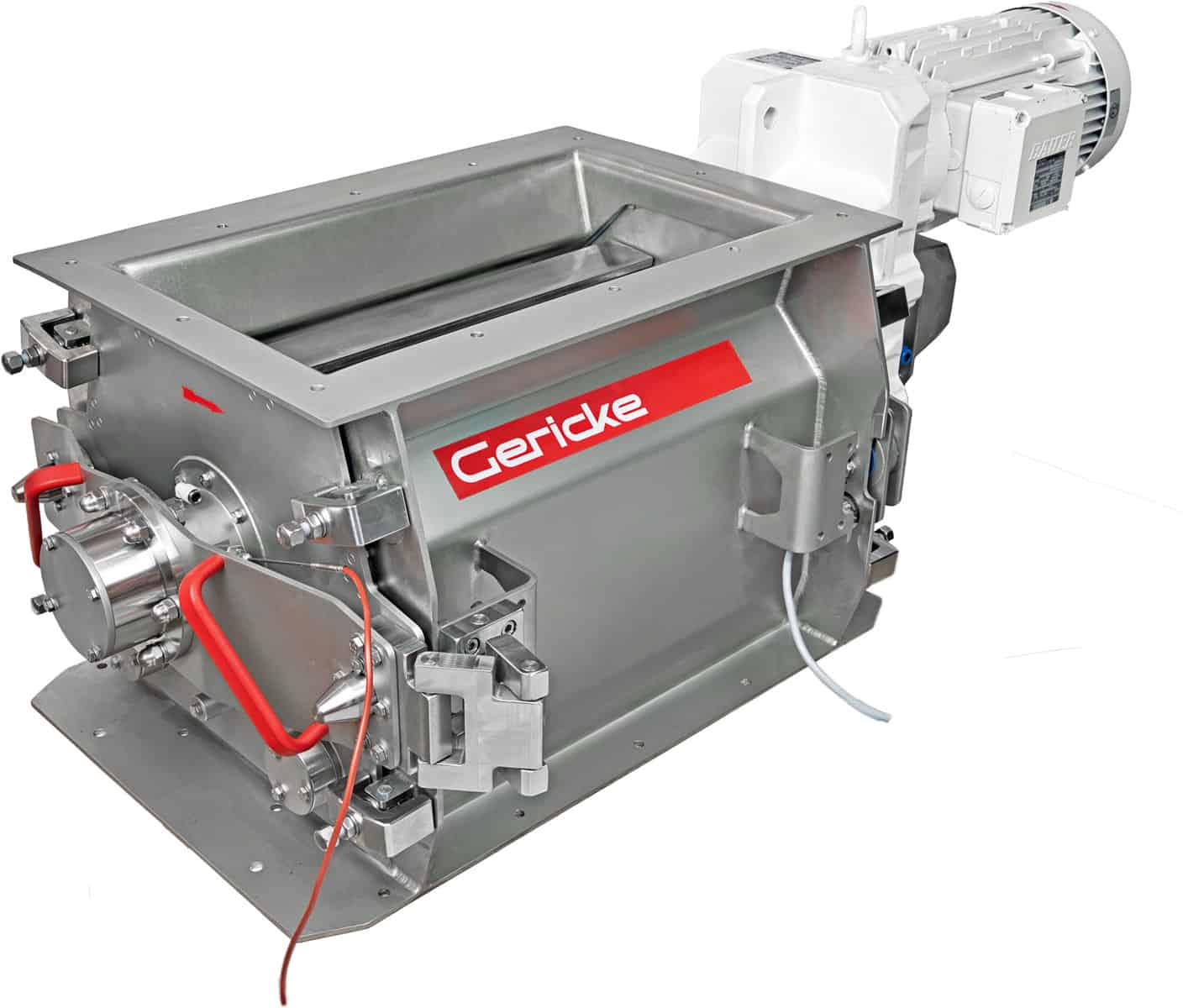The latest version came into force on January 1, 2021. The following major changes should be noted.
- Some concentration limits requiring the listing of hazardous substances in mixtures have been redefined or reduced.
- Hazards of substances in the form of nanoparticles as well as endocrine-disrupting properties are to be explicitly mentioned.
- The necessary information on physical and chemical properties (section 9) is specified more precisely.
- In addition to qualitative statements, greater emphasis is placed on the specification of test results for hazardous properties, but always only in the “may” form.
In the following, we focus on the parameters related to thermal process safety and explosion protection:
Dust explosion characteristics
Despite the great hazard potential of dust explosions and the large number of chemical substances involved, the dust explosion hazard is not a classification characteristic under REACH. However, even before the latest revision, it was mandatory to refer to the dust explosion hazard in the Material Safety Data Sheet (chapter 2.3 of Annex II), whereby the note ” May form explosible dust-air mixture if dispersed” was considered as sufficient. Such a note applies to practically all combustible solids handled in particles smaller than 0.5mm and is therefore of little practical use to the user of a substance. The dust explosion hazard should also be mentioned when specifying unsuitable extinguishing agents (Annex II Chapter 5.1, SDS Section 5). The avoidance of ignition sources is probably the most common protective measure in explosion protection. According to the directive, information on this is also required in the Material Safety Data Sheet (in sections 6 and 7). Here it becomes apparent that -appropriate information requires knowledge of characteristic data such as Minimum Ignition Temperatures and Energies. Without this information, for example, no reliable information can be given on maximum permissible surface temperatures or on the need for measures against static charging.
For this reason, chapter 9.2.2 of Annex II (MSDS section 9) also states that it may be useful to specify characteristic data on explosive dust-air mixtures.
Thermal Stability
In contrast to the dust explosion hazard, several thermal hazards are indeed relevant for classification into hazard classes according to CLP or REACH. According to the regulation on Material Safety Data Sheets, information on the following properties must be provided in section 9:
- Flammability (burning rate)
- Self-reactive properties (decomposition temperature, deflagration behavior)
- Explosive properties (thermal stability, impact, and friction sensitivity)
- Self-heating (thermal stability in contact with air)
Here, too, it is sufficient to indicate whether the classification applies or not. Detailed safety data (e.g. DSC data, onset temperatures, decomposition energies) are not required. However, such data must undoubtedly be available in order to describe well-founded recommendations in Sections 7 (Handling and Storage) and 10 (Stability and Reactivity), e.g. on maximum permissible temperature or storage period.
Summary
In view of the indication of information on the hazards of dust explosion or thermal decomposition, the is no need for action because of the revision of Annex II of Regulation EC/1907/2006, which came into force on January 1, 2021. However, the listing of test results on hazardous properties in the new annex indicates that the customer/user can only take appropriate safety measures based on such detailed data and that the legislator, therefore, understands the provision of such data as part of responsible product management (product stewardship). We, therefore, recommend mentioning test results like Minimum Ignition Energy, Minimum Ignition Temperature, Onset of the exothermic decomposition reaction, etc., in the MSDS, especially if products are further processed by the customer on a large scale.






